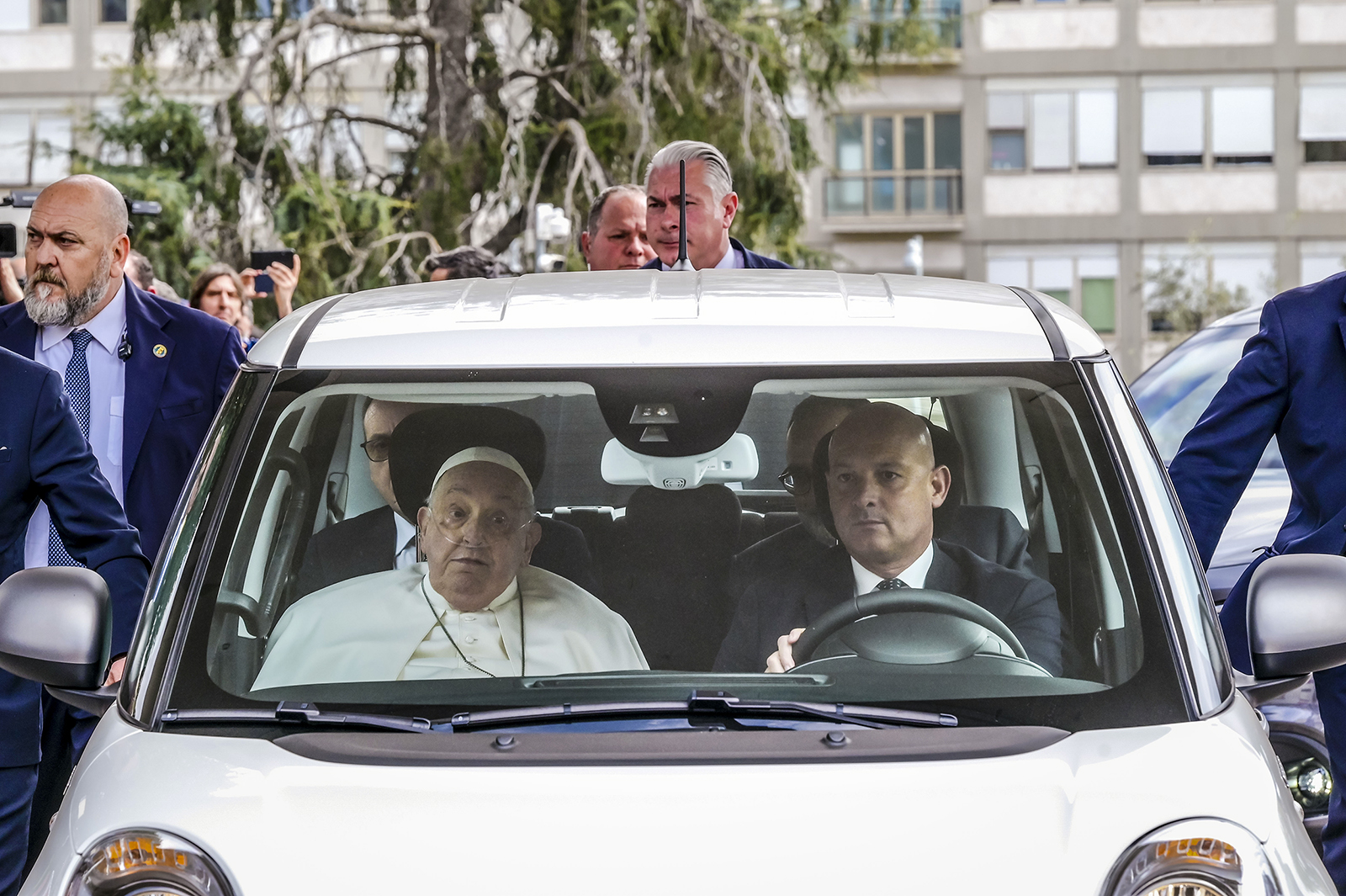
(RNS) — Just when it looked like the anti-Francis forces would have their chance to “fix” the Catholic Church, Pope Francis left Gemelli Hospital. It was a close call, but Francis’ reforms will outlast him.
That includes his major reform, the Synod on Synodality, the worldwide program of prayer and conversation about how the church can live its mission going forward. Over the past three years, hundreds of thousands of Catholics have spent countless hours in their parishes, dioceses, religious orders, schools and other organizations talking about church — what it is, what it means, how best to spread the gospel.
Hundreds of thousands of others did not. That is, too many bishops and pastors thought the exercise a waste of time and either paid lip service or ignored it completely. They know who they are, and so does everyone else.
Now their media proxies say the synod’s next phase is worse.
Why? Could it be that the pope’s synodal vision works?
Just when the most conservative Catholics thought all this talking would end, and when certain clerics thought the church would be able to return to a more sensible (and efficient) methodology of pray-pay-obey, Francis has announced a three-year implementation phase of synodality leading up to a final “ecclesial assembly” in October 2028.
This is in keeping with the synod’s October 2024 final document that called for the kind of participation that strikes at the heart of clericalism and all its trappings. Synodality, it held, is central to the church’s mission, which means greater lay participation. Pastoral councils should be mandatory. Seminary formation needs a close examination. Oh, and let’s talk a little more about women in ministry.

Participants attend a session of the 16th General Assembly of the Synod of Bishops at the Paul VI Hall at the Vatican, Oct. 7, 2024. (AP Photo/Andrew Medichini)
Needless to say, there were a lot of clerics wringing their cinctures over all that.
Over at Eternal Word Television Network, the Rev. Gerald Murray, a New York pastor, decried the entire event. On a network that reaches some 435 million households in more than 160 countries, Murray complained that this time around there will be too many non-bishops in the mix. In an accompanying analysis in his column on “The Catholic Thing,” he notes correctly, “The Ecclesial Assembly will more or less mirror the demographics of the Ecclesia (Church) in which the clergy, let alone the bishops, make up a tiny fraction of the number of baptized Catholics.”
Is letting non-bishops see what is behind the curtain such a bad thing?
Despite the specter of — heaven forfend — Protestantism that Murray warns of, there has not been, nor can there be, any attack on magisterial Catholic teaching resulting from the synod or its ongoing applications. No one is recommending a vote on the Trinity. Folks are only sitting with bishops trying to make the church better.
Requiring pastoral councils is a great start; requiring they be consulted would be even better. That means oversight, transparency, accountability.
A closer look at seminary programs could eventuate in better formed priests, who are not infected with the sort of clericalism that turns people away.
And recognizing the need to restore women to formal ordained ministry as deacons does not endanger any doctrine.
The blueprints for the next three synodal years are due in a few months. Whether Francis or someone else will lead the effort remains to be seen. But it cannot be stopped.
